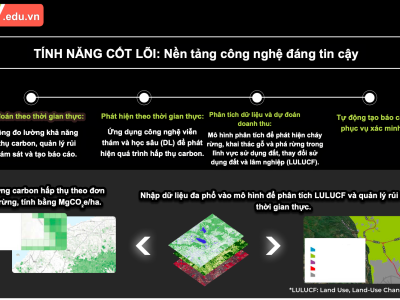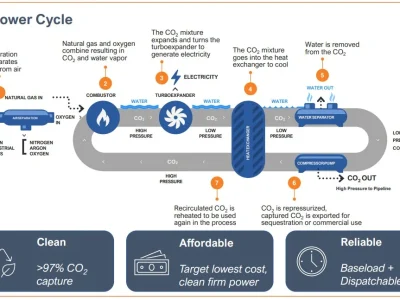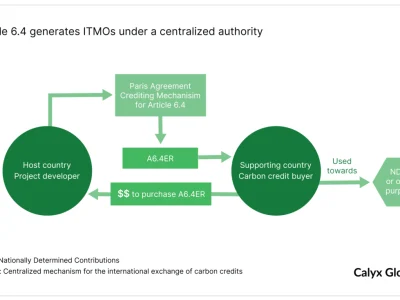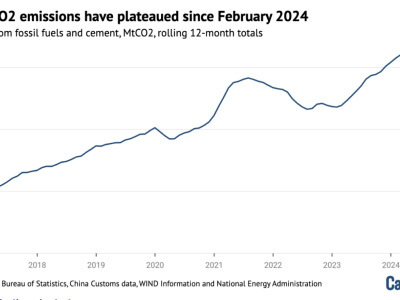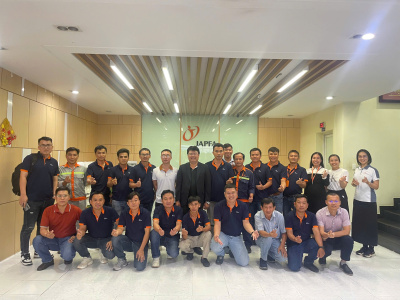 Chuong trinh dao tao
Chuong trinh dao tao
Erratic weather, Dak Lak farmers ‘strained’ to protect durian gardens
From the beginning of 2025, the weather will be erratic, making many farmers in Krong Pac district sit still. Many people think that this year’s “god” is more unpredictable, affecting the yield of durian orchards.
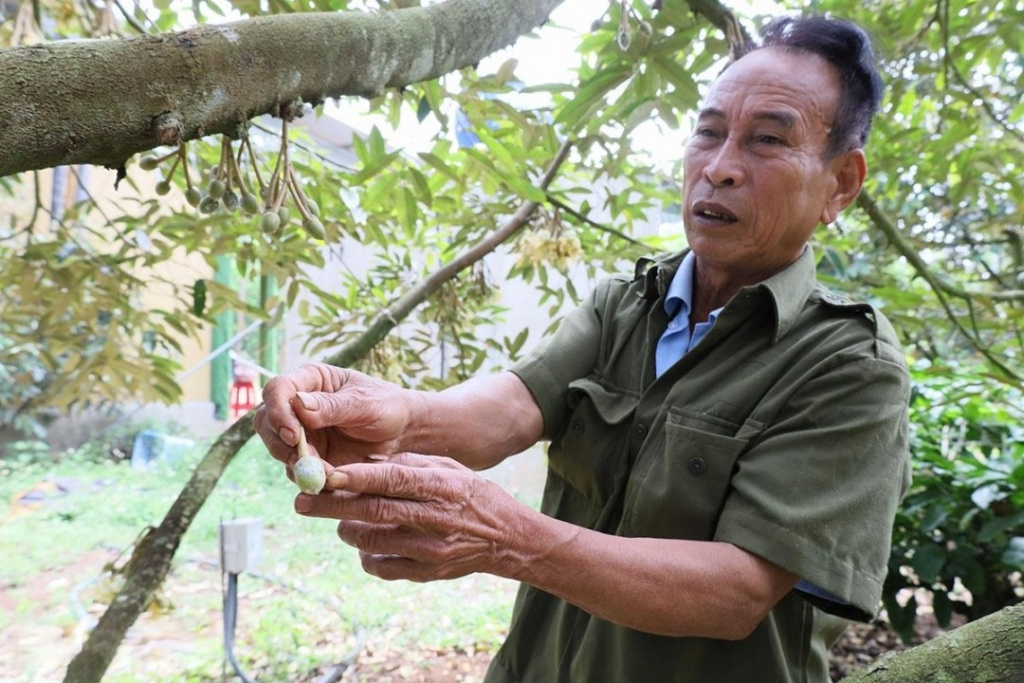
Unseasonal rain causes fungal diseases in durian orchards of farmers in Krong Pac district.
Unpredictable weather leads to worries about crop loss, reduced productivity
From the beginning of 2025 until now, unseasonal rains have suddenly appeared in many key durian growing areas such as Buon Ho town, Krong Pac, Krong Nang, Ea H’leo districts… making farmers worried. At this time, durian is in the stage of flower germination – also known as “crab debut”. Early season rain is often acidic, combined with high humidity to create ideal conditions for fungi and bacteria to grow. As a result, many crab eyes are black, dry, and unable to develop into flowers, forcing growers to reprocess them to produce new flowers
Not only off-season rains, but the prolonged cold waves in the past time have also caused the vitality of durian flowers to decline markedly, the fruiting rate is lower than the same period last year. While the season is approaching, the worry of “losing white” hovers in the hearts of many gardeners. The obsession with crop loss, yield reduction and crop loss continues to hang in the hearts of many farmers.
As the durian “capital” of Dak Lak province, Krong Pac district is becoming the most affected area. Many farmers are concerned that if appropriate farming measures are not applied in time and proactively responded, this year’s durian crop output may decrease by up to 30%. At this time, the flexibility and experience of the grower becomes the key factor to protect the yield of the whole season.
The family of Mr. Huong Viet Thoi – a farmer in Ea Canh commune (Krong Pac district) expects the 2-hectare durian orchard to yield twice as much as last year’s 7 tons of fortune telling. However, this year’s weather was erratic with many unseasonal rains at the right time to “squeeze” the water to raise flowers, making him worried.
Mr. Thoi said that before the flowers had time to draw, it rained, making the “squeezing” of water unsuccessful, the flowering plant was not uniform, had to be divided into 3-4 batches. Therefore, care techniques are difficult to apply synchronously. On the other hand, off-season rain also carries acids and high humidity, giving rise to fungal diseases. Mr. Thoi predicts that productivity will decrease by about 30%, and investment costs will nearly double. Currently, his family is closely monitoring the weather, waiting for the flowers to bloom before they can treat the disease for the garden.
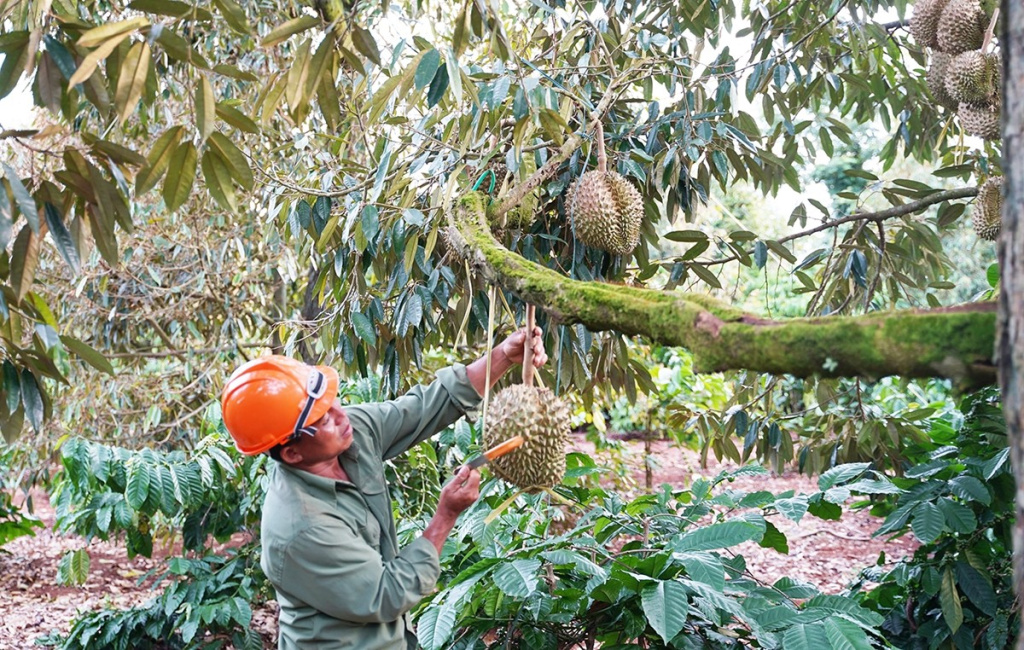
The erratic weather makes many durian garden owners worried that this year will lose the crop or reduce yield.
Mr. Tan Dinh Thap – another farmer in Ea Canh commune, said that he has lived in the locality since 1987, but there has never been a year when durian growers have faced many difficulties due to erratic weather like this year. Prolonged cold waves and off-season rains cause the garden to flower unevenly, and young fruits are also at risk of mass fall. Heavy rain suddenly interspersed with strong sunlight caused a “shock” of water, causing young fruits to waterlog, unable to adapt and gradually fall off.
Strain to respond to save durian orchards
In the face of complicated weather developments, many local durian farmers have made efforts to respond by adjusting the balanced irrigation and fertilization system to improve the resistance of trees. Along with that, everyone also reminded each other to closely monitor the daily weather forecast to promptly prevent risks.
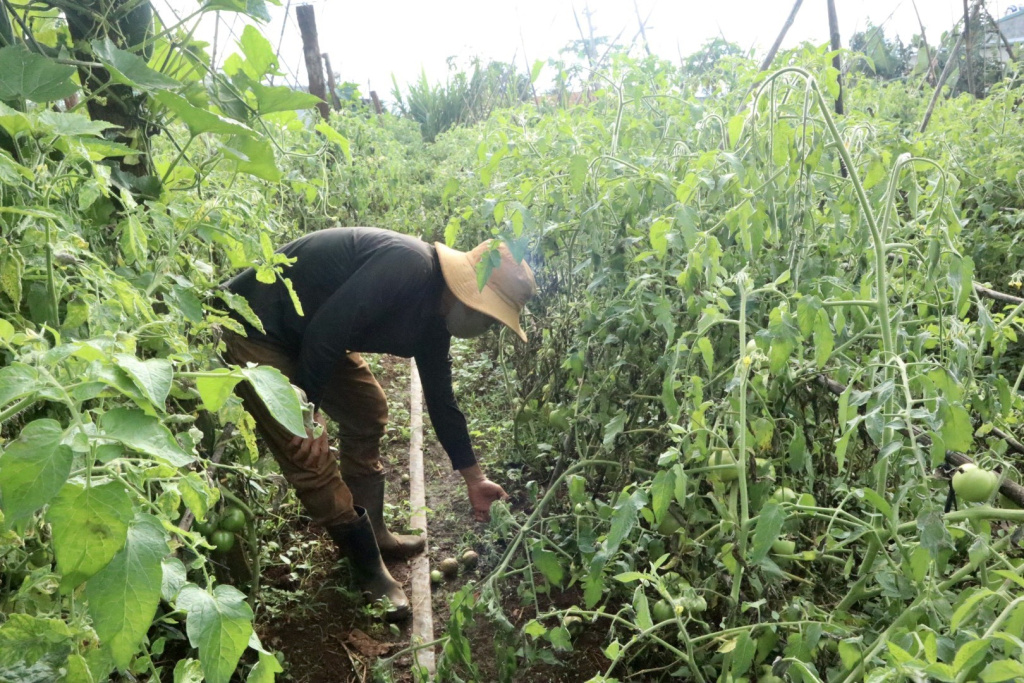
The tomato garden of a farmer in Cu Ebur commune (Buon Ma Thuot city) suffered from severe fruit and leaf fungus due to abnormal weather.
Mr. Huong Viet Thoi said that for more than 10 years of durian cultivation, there has never been a year when the weather is as unpredictable as this year. There are now three layers of flowers on each tree, extending the harvest season to 2 months instead of 1 as before. That also means increased investment costs and makes it difficult to take care of post-harvest. Currently, he is closely following weather developments to adjust techniques and use fertilizers and drugs appropriately.
Mr. Mai Dinh Tho – Chairman of the Board of Directors of the Clean Agricultural Service Cooperative (Ea Yong commune – Krong Pac district) said that nearly 200 hectares of durian of cooperative members are seriously affected by abnormal weather. Facing this situation, the cooperative has invited scientists to provide technical advice, help people find suitable solutions, avoid abuse of feces and drugs. In the long term, the cooperative is oriented to apply digital technology in production to reduce the negative impact of the weather.
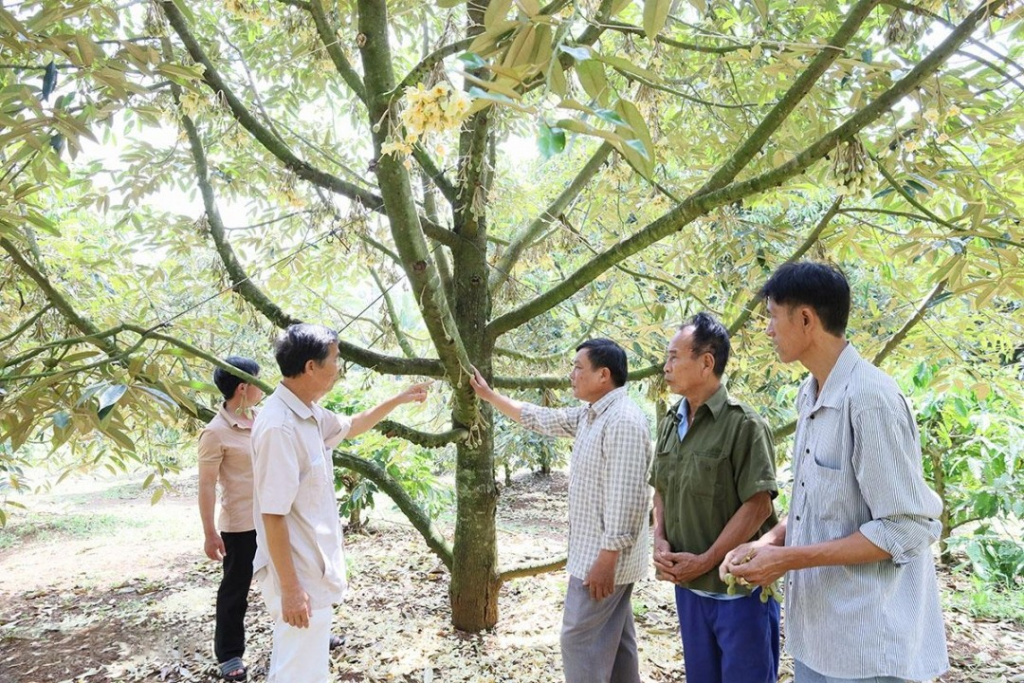
Clean Agricultural Service Cooperative (Ea Yong commune, Krong Pac district) organized to guide farmers in techniques for handling gardens affected by the weather.
According to the Department of Agriculture and Environment, durian is a crop that is very sensitive to weather fluctuations, especially in the period of caring for young flowers and fruits. To limit the adverse impact on productivity, people need to closely monitor the situation of the orchard, and at the same time harmoniously combine the recommendation process, practical experience and weather conditions in each period to use appropriate fertilizers and pesticides.
TS. Phan Viet Ha – Deputy Director in charge of the Central Highlands Institute of Agriculture and Forestry Science and Technology, recommended: “In the long run, durian growers need to focus on the overall “health” of the whole orchard. Because the garden is healthy, each tree has good resistance to adverse conditions.”














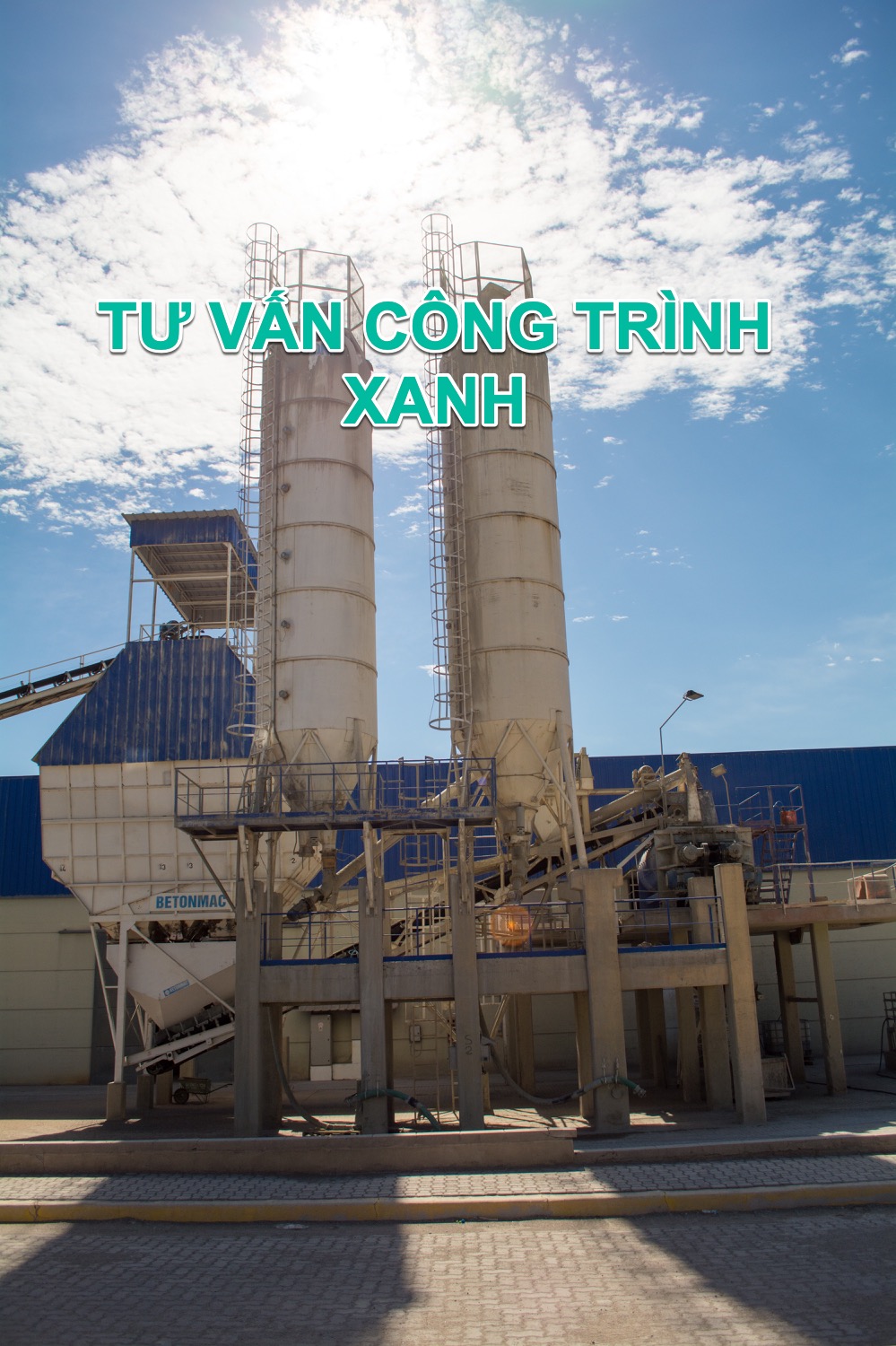

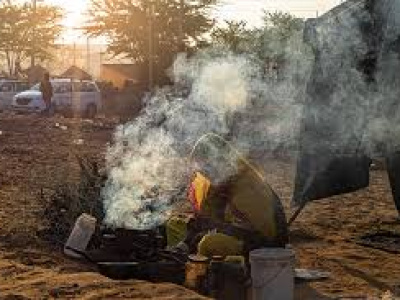
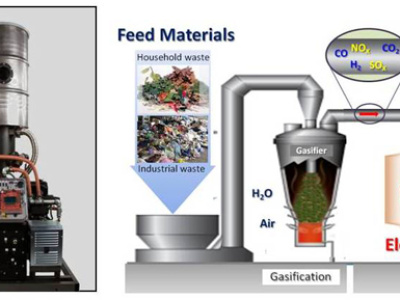
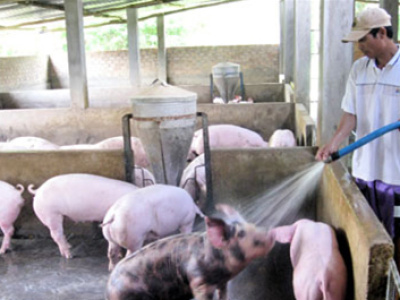
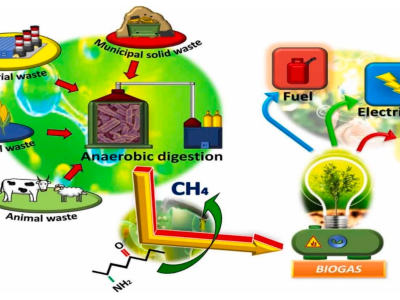
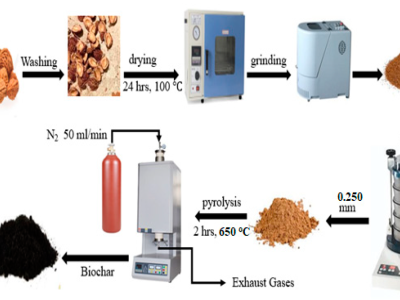
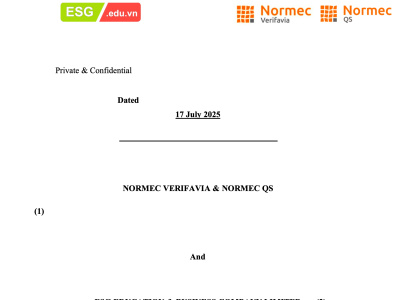

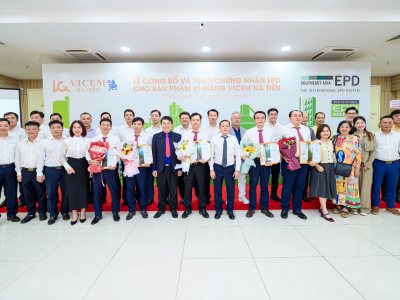
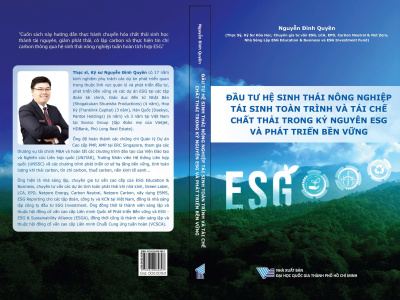


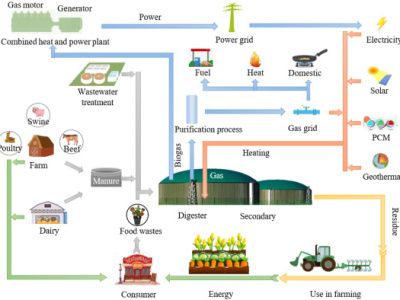
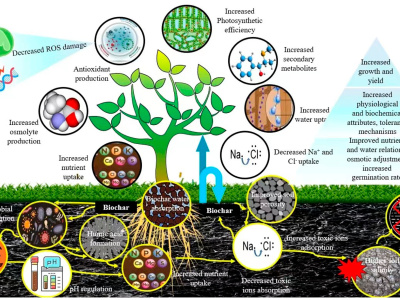

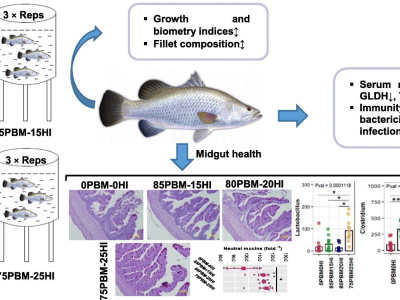
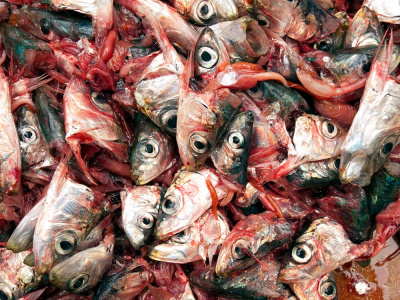
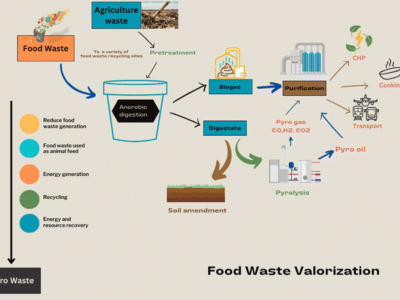
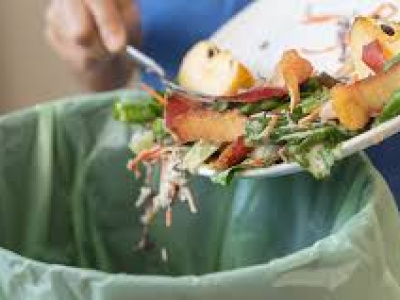
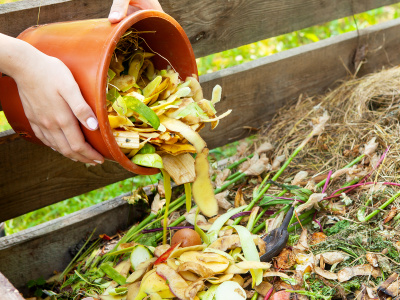
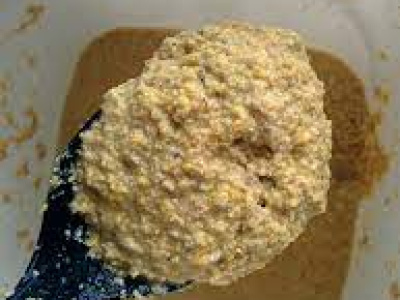
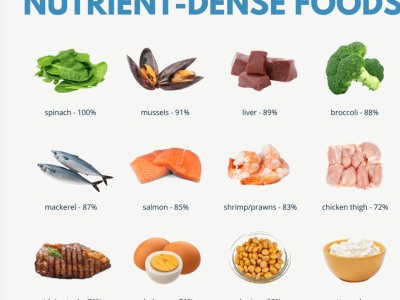
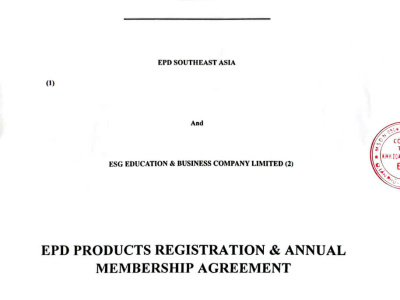
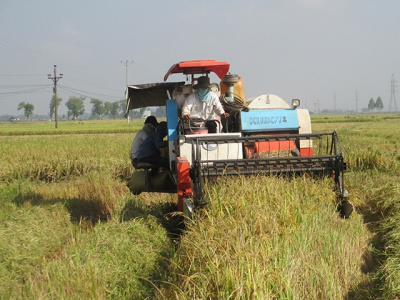
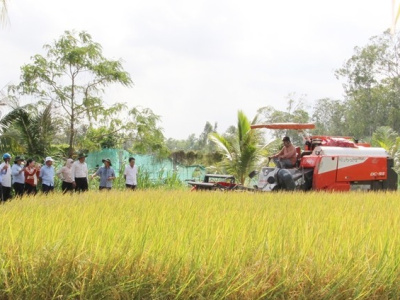
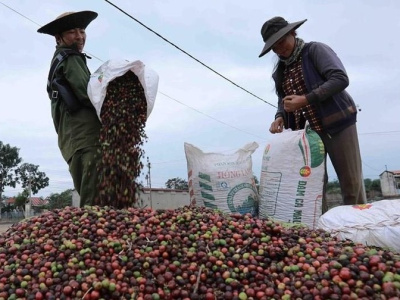
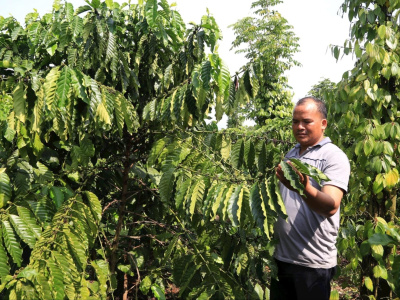
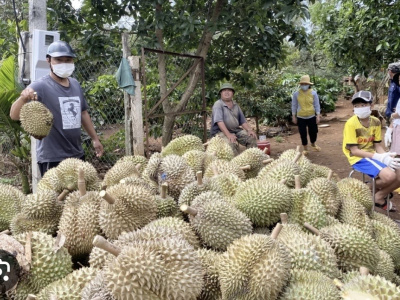
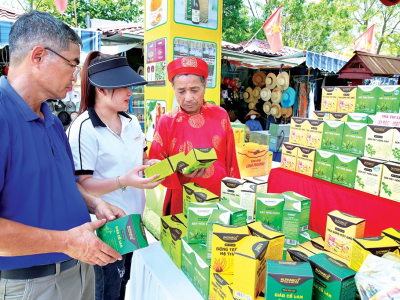
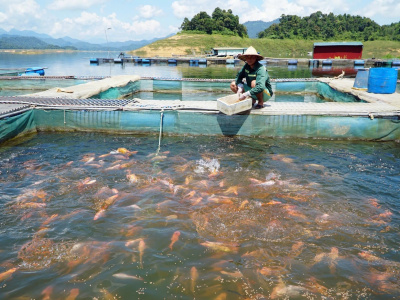
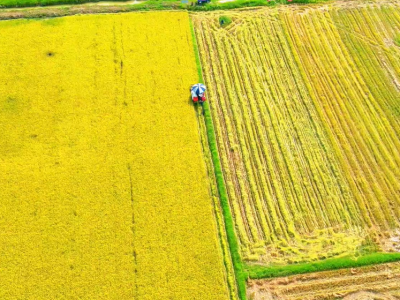
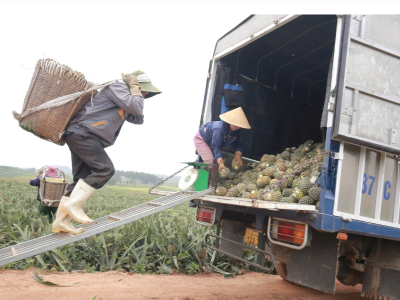
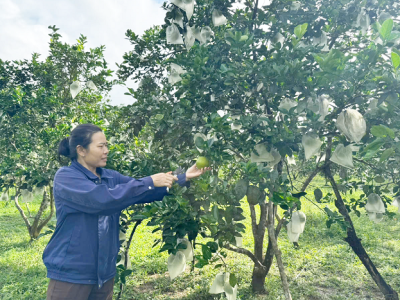
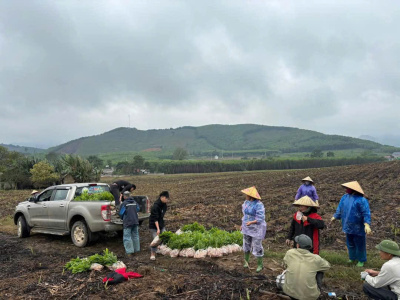
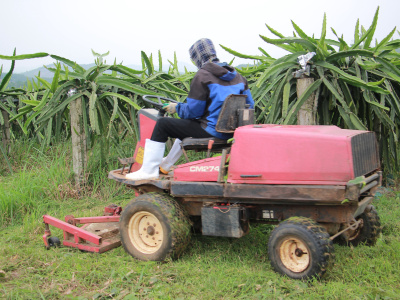
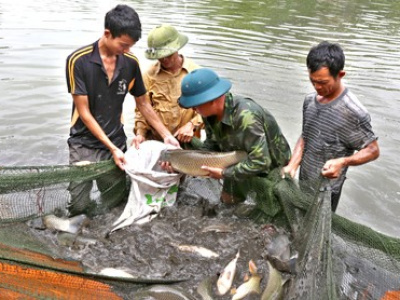
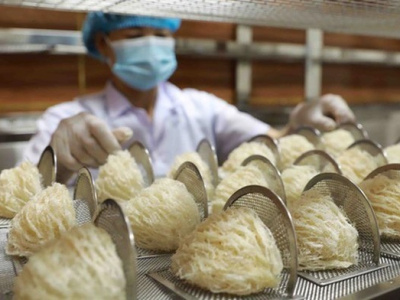
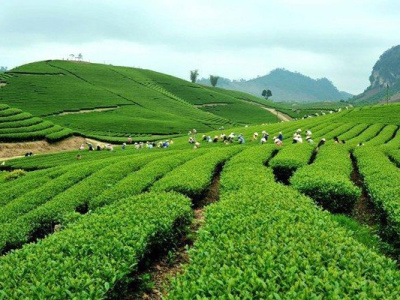
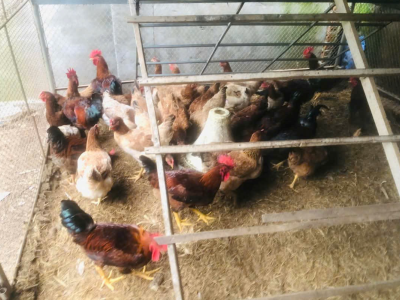
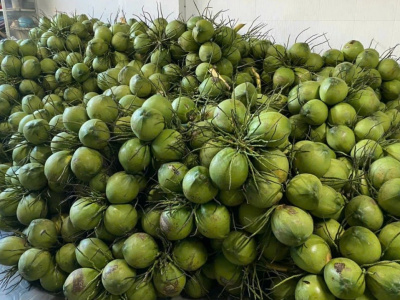
![NGUYỄN ĐÌNH QUYỀN [VN]](https://aseanfarmers.com/wp-content/uploads/NGUYEN-DINH-QUYEN-VN-400x300.png)
